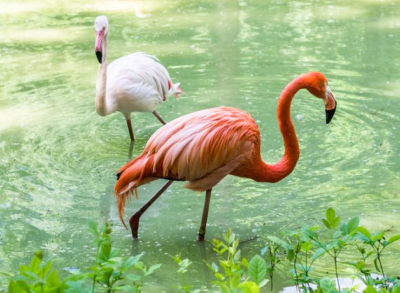
There is a torrent of headlines about the terrible toll on civilians, and the vast destruction of cities and villages in Ukraine from the war. The environmental impact of war can also be huge – already ⅓ of Ukraine’s protected areas including The Black Sea Biosphere Reserve which hosts over 100,000 birds plus a variety of other wildlife have been occupied by Russian troops who have created fires that are large enough to be seen from outer space. According to this New York Times article, between 1950 and 2000, 80% of conflicts took place in high biodiversity areas. But in Ukraine, the environmental and wildlife toll may not be known for some time.
It’s not wilderness, but one of the few places it’s possible to see the effect on animals is in the Kyiv zoo where, in mid-March during the siege, keepers were camped out in bomb shelters in the zoo at night. During the day, they tried to keep some semblance of normalcy – stockpiling and growing food, while calming the fears of some of the more sensitive animals like Horace the elephant and caring for infants abandoned by their terrified mothers – from the Washington Post .
And please take two minutes to listen to this audio piece by BirdNote. Recorded by Julia Vakulenko of the Kyiv Zoo, you can follow the keepers feeding, caring for the zoo’s birds, and hear the joy a daily feeding brings. War takes its toll on humans and animals alike. But these small stories of selflessness and bravery show the very best of what we are capable of when we care for those in need, regardless of who they are.